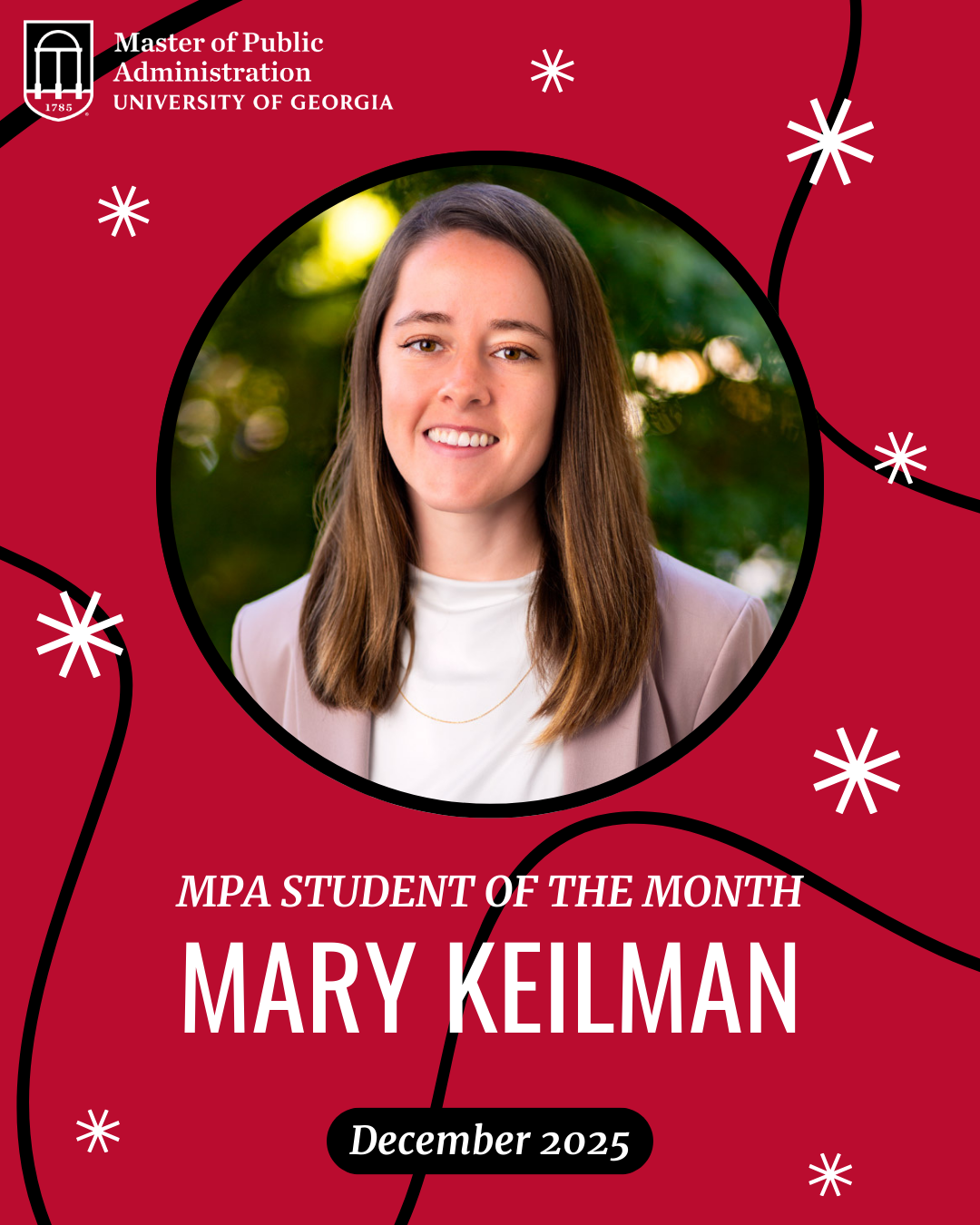
By: Rachael Andrews
Dr. Alex Combs, assistant professor of public administration and policy, recently published research on the connection between homestead exemptions and funding for rural education systems. His article, “The Effects of Homestead Exemptions for Seniors and Disabled People on School Districts,” uses data from Kentucky school districts to examine these impacts.
Homestead exemptions reduce the value of property that is subject to taxes. This means that those who qualify for these exemptions – in the case of Dr. Combs’ study, seniors and disabled people – pay less in property taxes than those who do not qualify for an exemption. Almost every state has at least one homestead exemption program, but their features can look very different from state to state. For example, the exemption may be a set dollar amount or a percent of property value or the exemptions may be available to all homeowners, while others target one or more groups such as veterans, seniors, or those with a disability. A state may also impose an income cap on eligibility or limit the benefit that can be received.
“Homestead exemptions provide property tax relief,” Dr. Combs explains. “I suspect the most likely rationale for directing this relief toward senior and disabled populations is because they typically have a fixed income.”
One important feature of these exemption programs that Dr. Combs and his co-author consider is whether states reimburse local governments for the revenue lost to exemptions. If a state does not reimburse local governments, then this sort of homestead exemption potentially enhances vertical equity of the combined state-local tax system at no apparent cost to the state.
“I was at a conference where a few superintendents of rural districts mentioned property tax exemptions as an obstacle to adequate and equitable funding,” Dr. Combs explains. “This is a sensible conclusion to draw, but most studies find that property tax exemptions increase spending on education.”
However, Dr. Combs notes, it is possible that with so much variation in exemptions across the states, that some may impede funding towards school districts. Particularly, those exemptions targeted towards seniors and disabled people may disproportionately impact rural education, as rural areas tend to have more of both eligibility groups.
“[So], this type of exemption disproportionately erodes rural tax bases, but it is unclear whether this erosion overpowers the positive impact on educational spending generally found in research,” Dr. Combs says. “This was a question my co-author and I wanted to investigate, and Kentucky provides useful context on this front.”
“Its rural districts have more seniors as well as some of the highest disability rates in the country,” he goes on. “Also, whereas most states have multiple exemption programs with overlapping eligibility criteria that would complicate analysis, Kentucky has only the one exemption.”
Using data from the Kentucky Department of Revenue and the National Center of Education Statistics (NCES), Dr. Combs and his co-author found that Kentucky’s exemption does not appear to substantially impact the distribution of resources between rural and nonrural school districts.
“Overall, the results suggest that Kentucky’s homestead exemption provides relatively generous tax relief to senior and disabled homeowners without significantly reducing the resources available to nearly all districts,” Dr. Combs says. This provides evidence for using these exemptions to advance equity goals for governments, since those eligible for targeted exemptions belong to groups for which governments may want to improve equity based on values, politics, or something else, like seniors or those with disabilities.
However, there is opportunity for future research to focus on the variations in both exemption programs and school funding formulas across the states.
“Our results are largely driven by Kentucky’s school finance equalization effort, so it may be useful to study similarly targeted exemptions in states with different school funding formulas,” he concludes.
To read Dr. Combs’ article in full, click the link below.
https://journals.sagepub.com/doi/full/10.1177/2332858420988712








